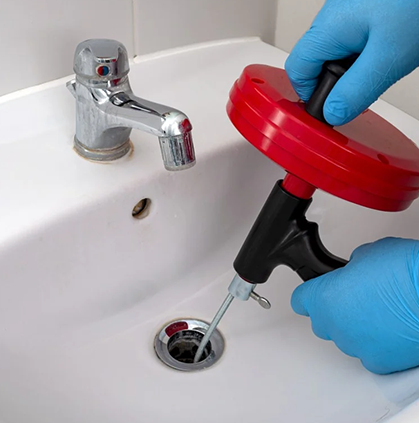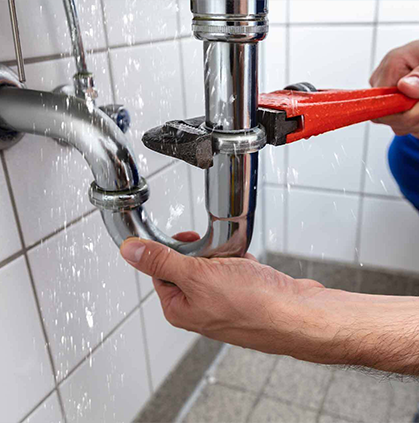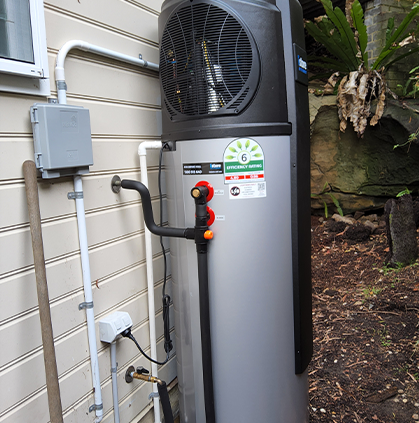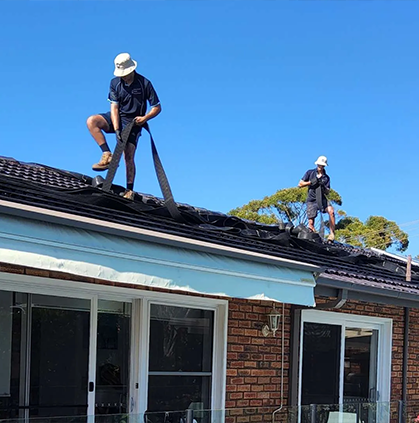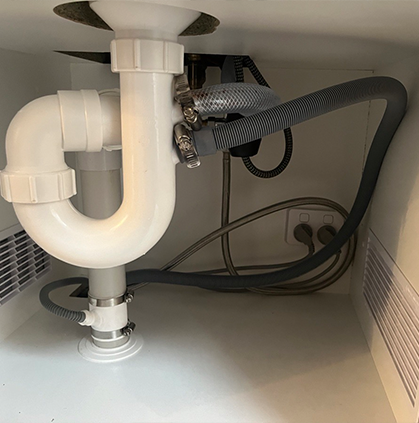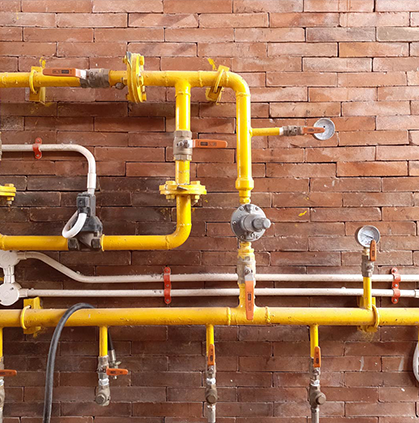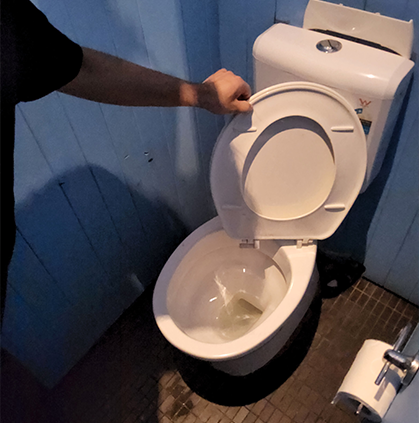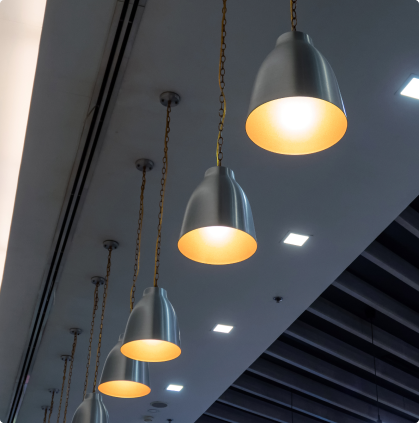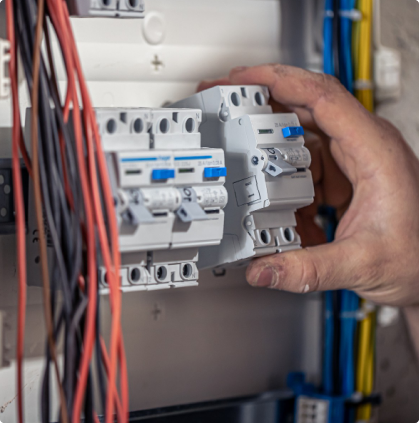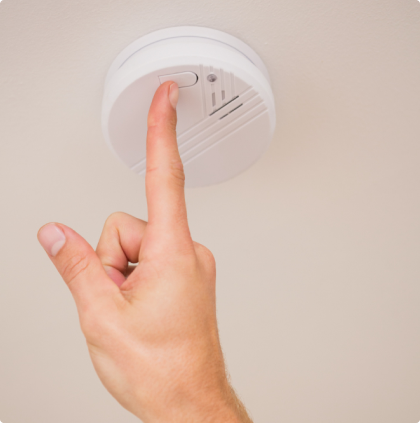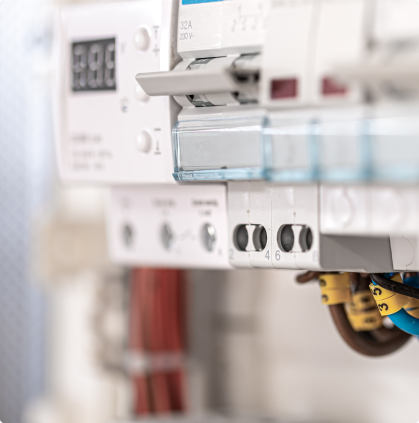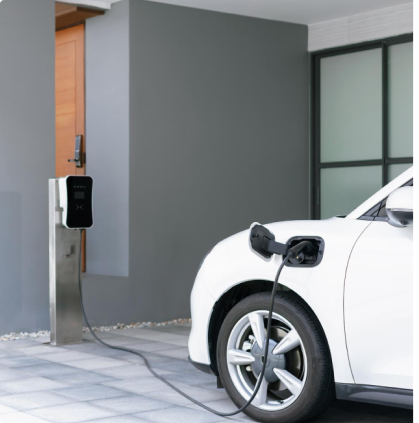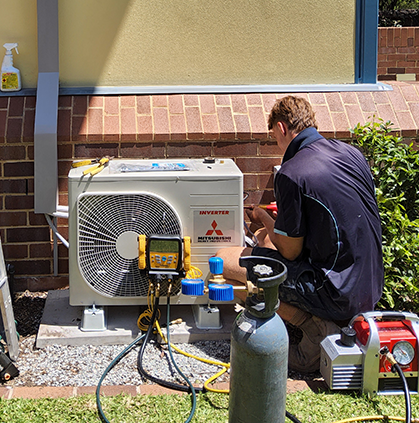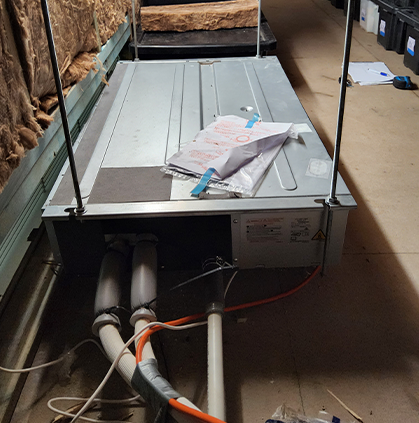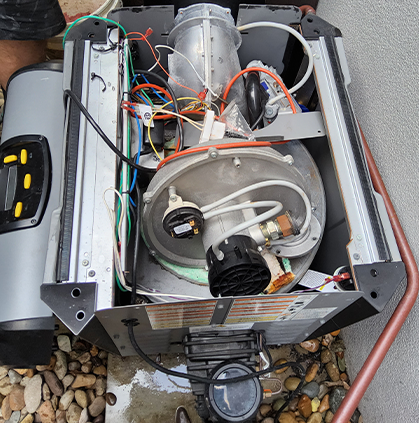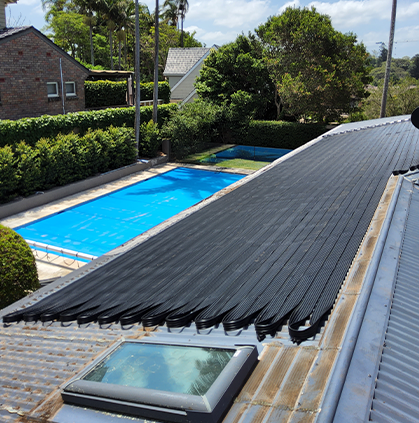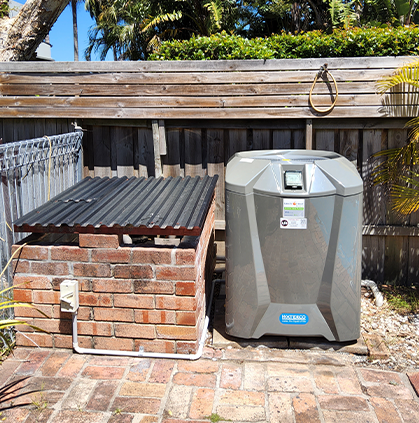You shouldn’t take a leaking pipe under your kitchen sink for granted. Even small leaks can cause mould, wood rot, and damage to your cabinets and floors. You don’t want this to happen, do you?
Sure, you may want to fix it yourself at first. But finding the leak can be quite challenging sometimes. Without the right knowledge, you might end up making things worse.
So, should you call a leak detection service? In most cases, yes. However, this post will cover common under-sink pipe leaks, how to fix them, and when it’s best to call in a professional plumber. Keep reading!
Common Causes of Leaking Pipe Under the Kitchen Sink
These are some common reasons why kitchen sink pipes leak, to help you identify the problems:
1. Blocked or Clogged Drain
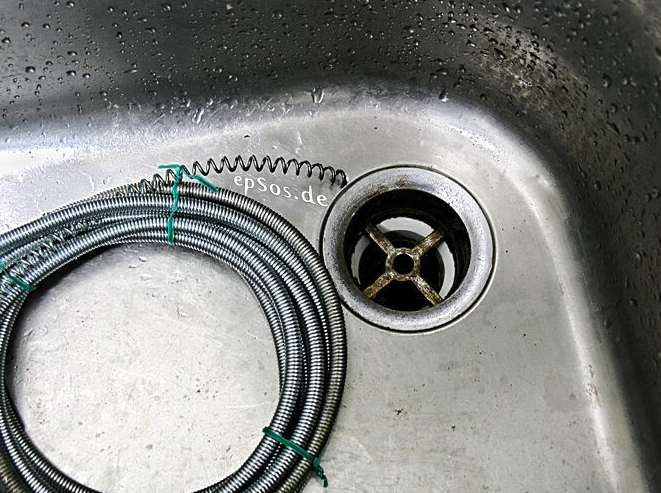
A blocked drain stops water from flowing out, so it backs up and puts pressure on the pipes. This pressure can damage seals and connections, which causes leaks.
That’s why you might see water collecting in the cabinet or dripping from the pipes. Usually, a sink that drains slowly is the first sign of a pipe leaking under the sink.
2. Damaged Washers and Seals
Washers and seals are small rubber or silicone parts. They are placed between two hard parts in your faucet or pipe connection. When squeezed, they create a seal that stops water from leaking out.
Over time, water pressure, frequent faucet use, and minerals can damage the rubber, making it hard and brittle. This prevents the washer or seal from sealing properly, which often leads to a leaking pipe under the sink.
3. Loose Pipe or Hose Connections
Loose pipe or hose connections under the kitchen sink often cause leaks. Why? Because of unseen forces: vibration and temperature changes.
Every time you use the disposal or turn off a tap, the pipes shake. Hot water causes expansion, cold causes contraction, loosening the threaded nut. So, the seal can’t stay tight, and water under pressure leaks out.
4. Cracks or Corrosion
You may see green flakes or a slimy green layer on your cloth when cleaning under your sink. This happens when copper pipes react with minerals and acids in your water. This reaction can cause small holes in the pipes.
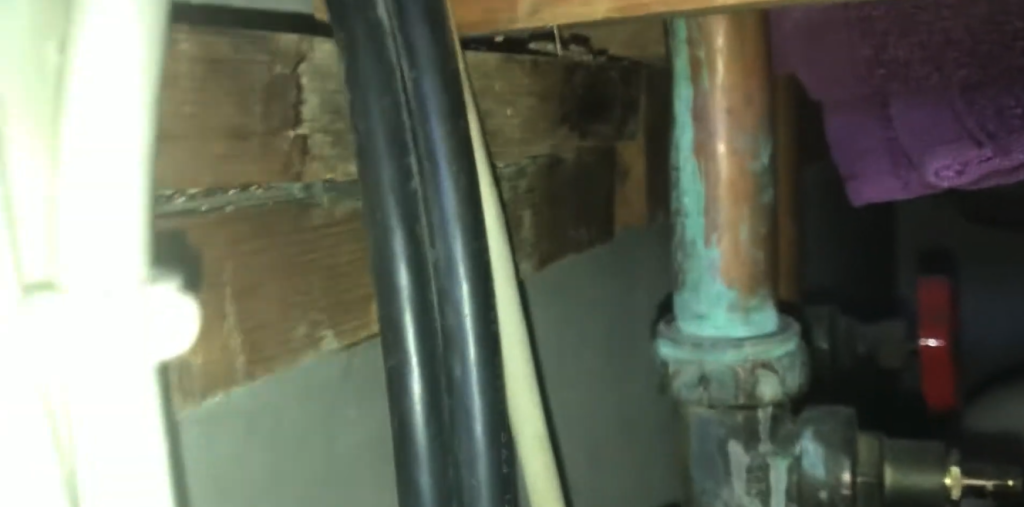
These holes can grow into cracks, indicating a leak. Water then leaks out, causing drips or wet spots, showing that the pipe under your sink is leaking.
5. Broken Drain Trap (P-Trap)
The P-trap is designed to hold water and prevent sewer odours. However, grease, food scraps, and dirt can block it, causing slow drainage and placing pressure on pipe joints.
This can put pressure on the pipe connections, and sometimes, it can break the plastic or metal trap, causing cracks. If that happens, water will leak out, and it’s common to see a leaking PVC pipe under the sink.
How to Fix a Leaking Pipe Under Your Kitchen Sink
Here’s how to fix a leaking pipe under your kitchen sink:
1. Identify the Leak Source
- Type: DIY Fix
Before fixing a leak under your sink, find out where the water is coming from. Leaks can be in supply lines, drain pipes, fittings, or nearby appliances, all of which require different fixes.
You can do this yourself. Empty and dry the cabinet under the sink, then use a flashlight to look at the pipes and joints for water, rust, or stains. Look for wet spots.
Then, do a flow test by turning on the sink to see if it leaks. Alternatively, do the basin test: dry the area, place a paper towel underneath, turn on the water, and check if the paper towel gets wet.
2. Tighten Loose Connections
- Type: DIY/Professional
If water leaks from a pipe joint or hose, first tighten the fitting. Clear the area for access, then dry it to check if it leaks again.
Then, turn on the sink water and check the connections. When you find the leak, tighten the loose nut or clamp with a wrench or pliers, but avoid over-tightening to prevent damage.
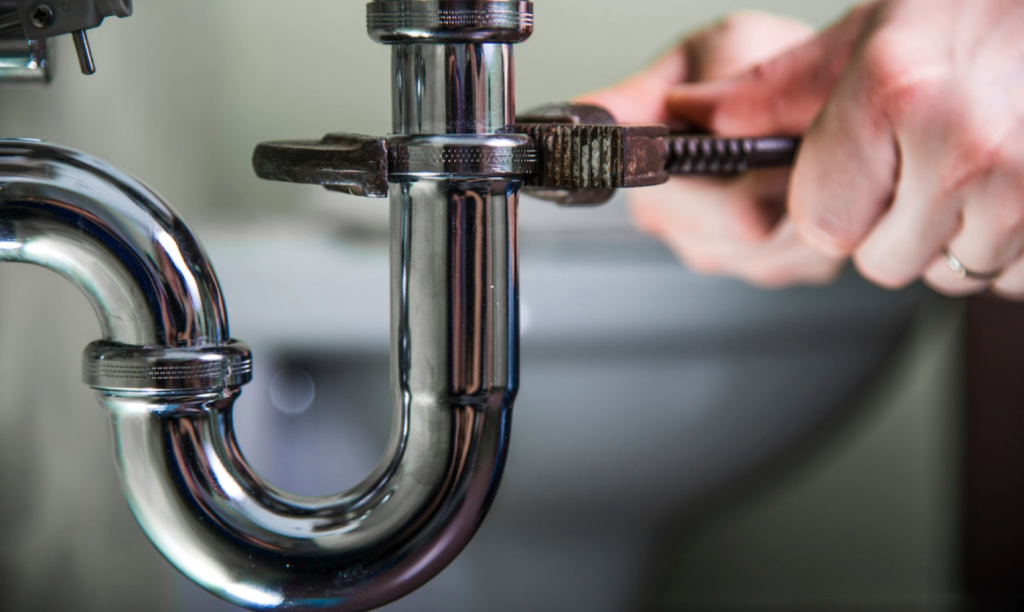
After tightening, turn on the water to check for leaks. If any persist or fittings are stuck, call a professional.
3. Replace Worn Washers, Seals
- Type: DIY/Professional
Leaking pipes and faucets usually happen because washers or seals no longer seal properly. Replacing these parts creates a tight fit and stops leaks that tightening cannot fix.
First, turn off the water to prevent spillage. Locate the leaking pipe under the sink and dismantle the fitting. Inside, you will find a worn component. Remove it, check for cracks, and replace it with an identical part.
Then, you can reassemble everything, making sure all parts fit tightly. After that, turn the water back on and check for leaks.
4. Use Waterproof Sealant for Pinholes
- Type: DIY/Professional
Small cracks or pinholes in pipes may not need immediate replacement but can cause leaks. For this, you can use epoxy putty or waterproof sealant as a quick fix.
To use epoxy putty, turn off and dry the pipe. Then, clean the surface with a wire brush or sandpaper to remove rust and dirt. Knead or cut the putty until it’s even, then press and smooth it over the crack.
These products can stop small leaks, but they don’t fix serious pipe damage permanently. If the crack gets worse or the sink pipe leaking comes back, a plumber should check and replace the broken part.
5. Use PTFE Tape on Threads
- Type: DIY Fix
A drip at a threaded joint indicates the seal isn’t tight enough. If water leaks again after gentle tightening, you need new tape, not extra force.
You can start turning off the water and relieve pressure. Then, try to remove the fitting, clean the male threads until dry and free of old tape.
Next, wrap new tape clockwise with 3–6 neat overlaps, pressing into the grooves. Reconnect by hand to avoid cross-threading, then tighten gently with a wrench. This approach works well on faucet risers or shut-off valve outlets.
6. Clear Blockages
- Type: DIY/Professional
Slow draining or bad smells usually mean there’s a clog. So, you can fix this by clearing any debris from the sink strainer or trap.
You can use a plunger to create suction and loosen the clog, or insert a drain snake to break it up manually. Chemical drain cleaners can work, but use them not too often.
If these methods don’t work, or if you often face slow drains and backups, the clog might be deeper or tougher. In that case, a professional with tools like motorized augers or hydro-jetting can clear it completely.
7. Change Broken Parts of Pipes
- Type: Professional Job
If a pipe under your sink is visibly damaged, patching it won’t fix the problem long-term. Damaged pipes leak and weaken your plumbing, risking more leaks, water damage, and mold.
The best fix is to replace the broken section. This means removing the damaged pipe, choosing the right replacement, and connecting it securely with the proper fittings or soldering copper pipes.
Proper installation is key to preventing future leaks. Since cutting and joining pipes can be tricky and requires special tools, it’s best to hire a professional plumber.
8. Replace Leaking P-traps
- Type: Professional Job
A common cause of kitchen sink pipe leaks is a cracked P-trap, which should be fixed or replaced by a professional plumber.
To replace it, turn off the water and place a bucket underneath to catch residual water. Do the same if the U-shaped pipe under your sink leaks.

Then, loosen the nuts connecting the trap, remove it, and inspect for cracks or rust. Clean the pipe ends and replace worn rubber washers. Install the new trap, tighten the nuts by hand, then secure them with a wrench.
9. Check Leaks in Appliances Near the Sink
- Type: Professional Job
To find a leak, you need to check the whole system. Look closely where the drain hose connects to the sink drain or disposal. Also, check the appliance’s water supply line. Wet spots, rust, or mineral stains can indicate a leaking pipe.
Sometimes, you can tighten a loose connection yourself. But appliance plumbing can be tricky due to electrical connections and varying parts.
Calling a professional plumber is usually best. They have the tools and knowledge to fix the problem. So you don’t end up with a small leak turning into a bigger, more expensive issue.
FAQ about Leaking Pipe Under the Kitchen Sink
Here are some questions about the leaking pipe under the kitchen sink:
Is a kitchen sink leak an emergency?
No, but if you see a leak, act quickly. Turn off the water to stop it from causing more damage. You can use towels or a bucket to catch the water and dry the area. Call a plumber immediately if water sprays strongly, is near outlets or appliances, or causes swelling or warping.
How much to fix a leak under a kitchen sink?
For Australian homeowners, fixing a small leak under the sink usually costs between AUD 120 and AUD 650.
If you do it yourself, materials like PTFE tape, washers, and epoxy cost between AUD 5 and AUD 40. Calling a plumber for simple repairs usually costs between AUD 150 and AUD 300.
Replacing a P-trap or part of the pipe might cost between AUD 250 and AUD 450. And fixing rusty or corroded pipes can cost up to AUD 650.
What is the best sealant for a leaking sink?
For threaded joints, PTFE tape helps make a tight, leak-proof seal and keeps fittings secure. Small cracks or holes can be fixed with a two-part epoxy putty made for plumbing. For wet areas, use mildew-resistant 100% silicone caulk.
Conclusion
Fixing a pipe leaking under the sink means taking action before small drips turn into costly repairs. When you handle leaks the right way, your kitchen stays dry and smells nice and fresh.
Sure, you can handle simple fixes like tightening fittings or replacing washers. But for bigger or ongoing leaks, it’s best to call a professional plumbing service. They know how to find the real issue and fix it the right way.
Take your time to check the situation. If you’re unsure, it’s better to get expert help than risk making it worse.



